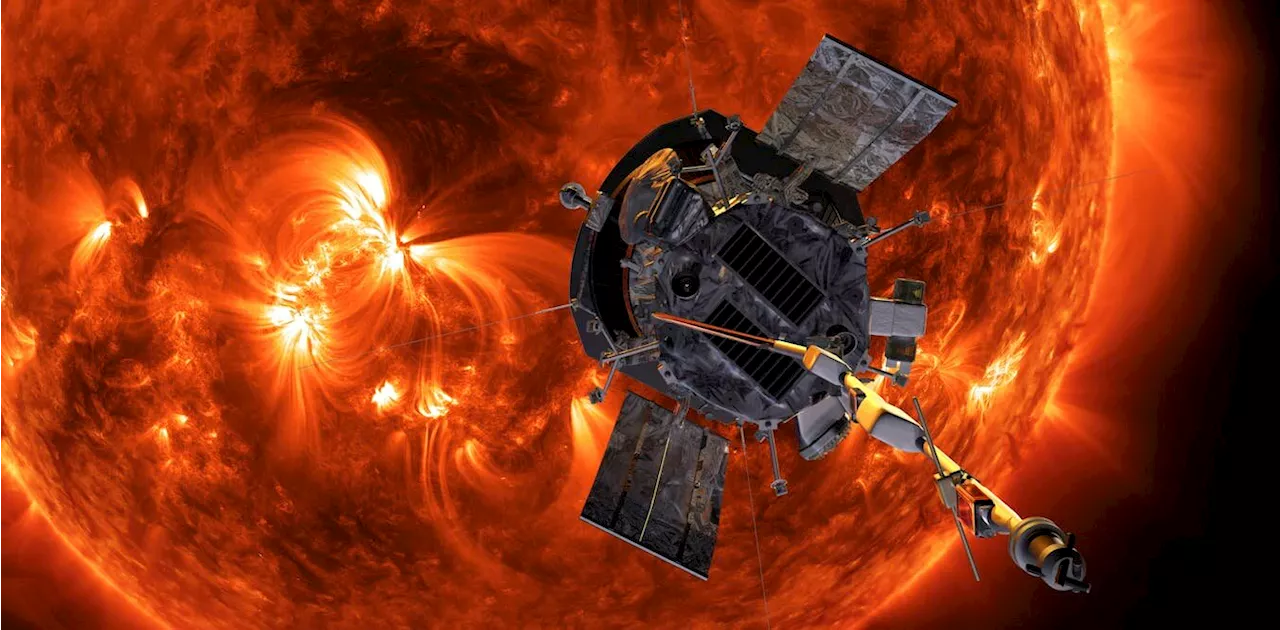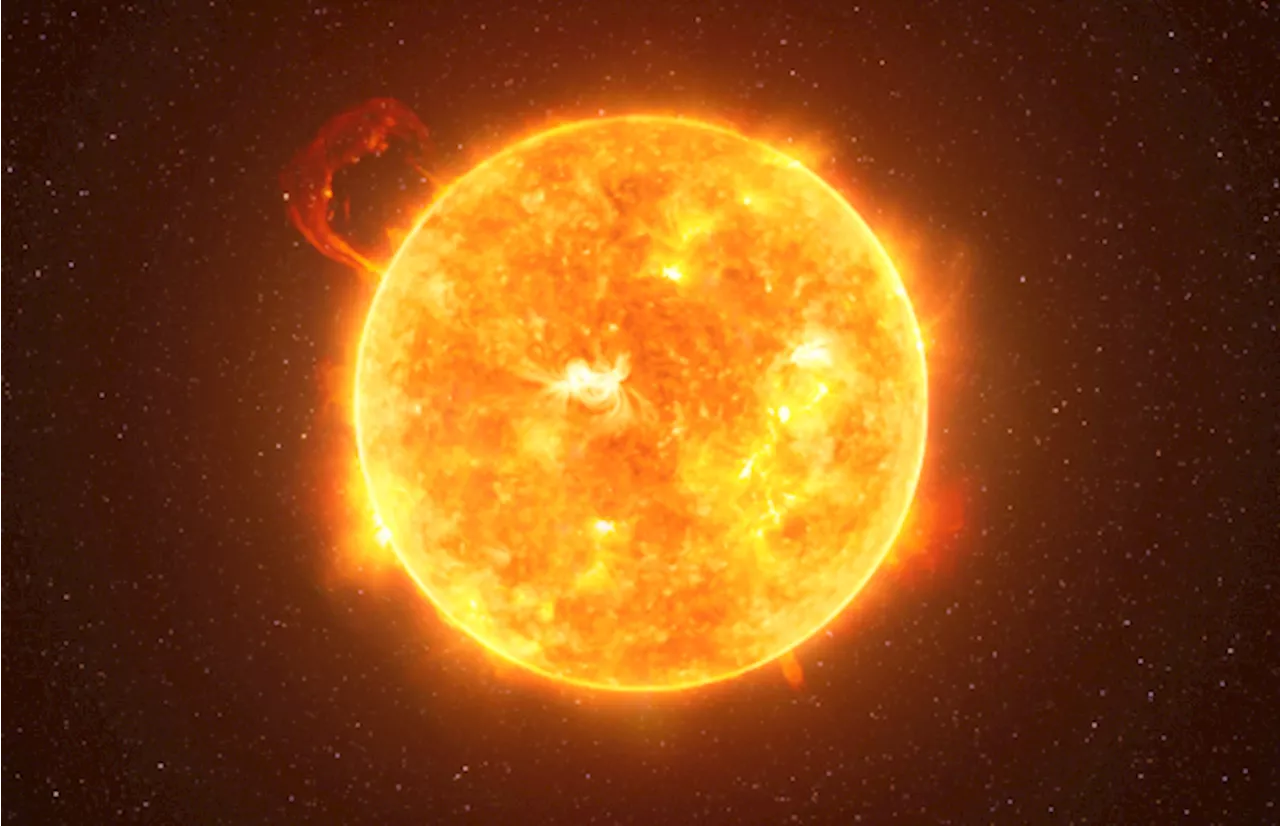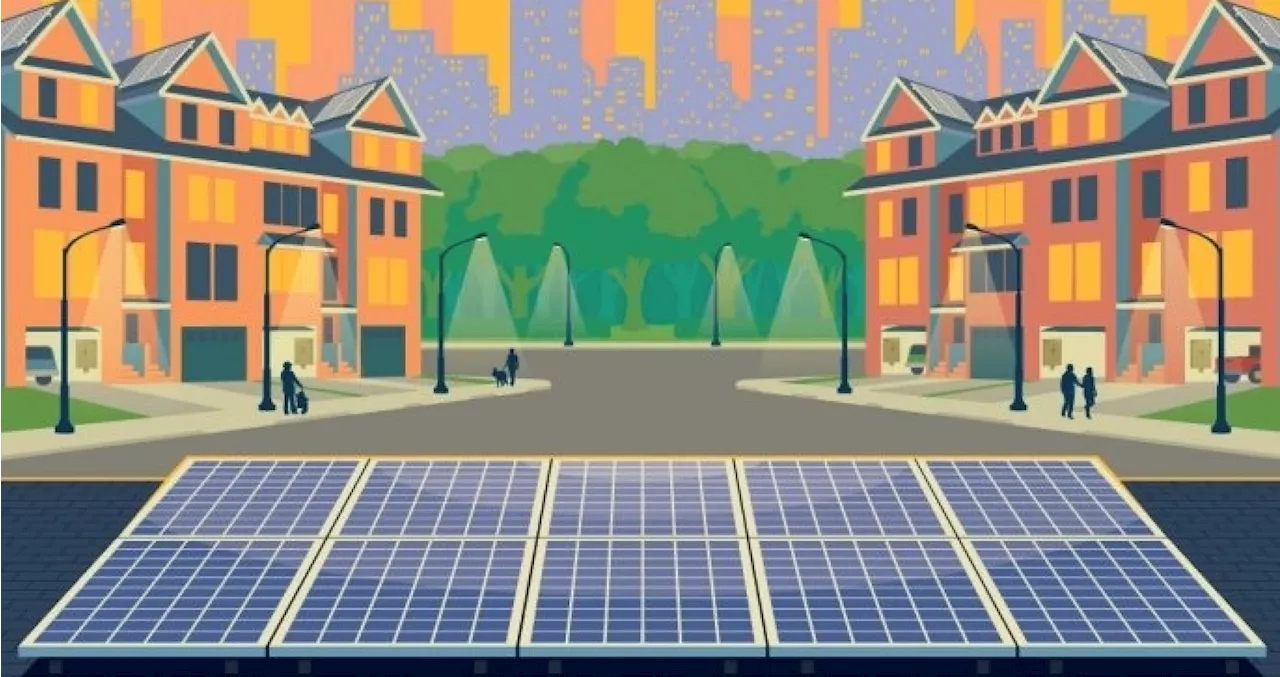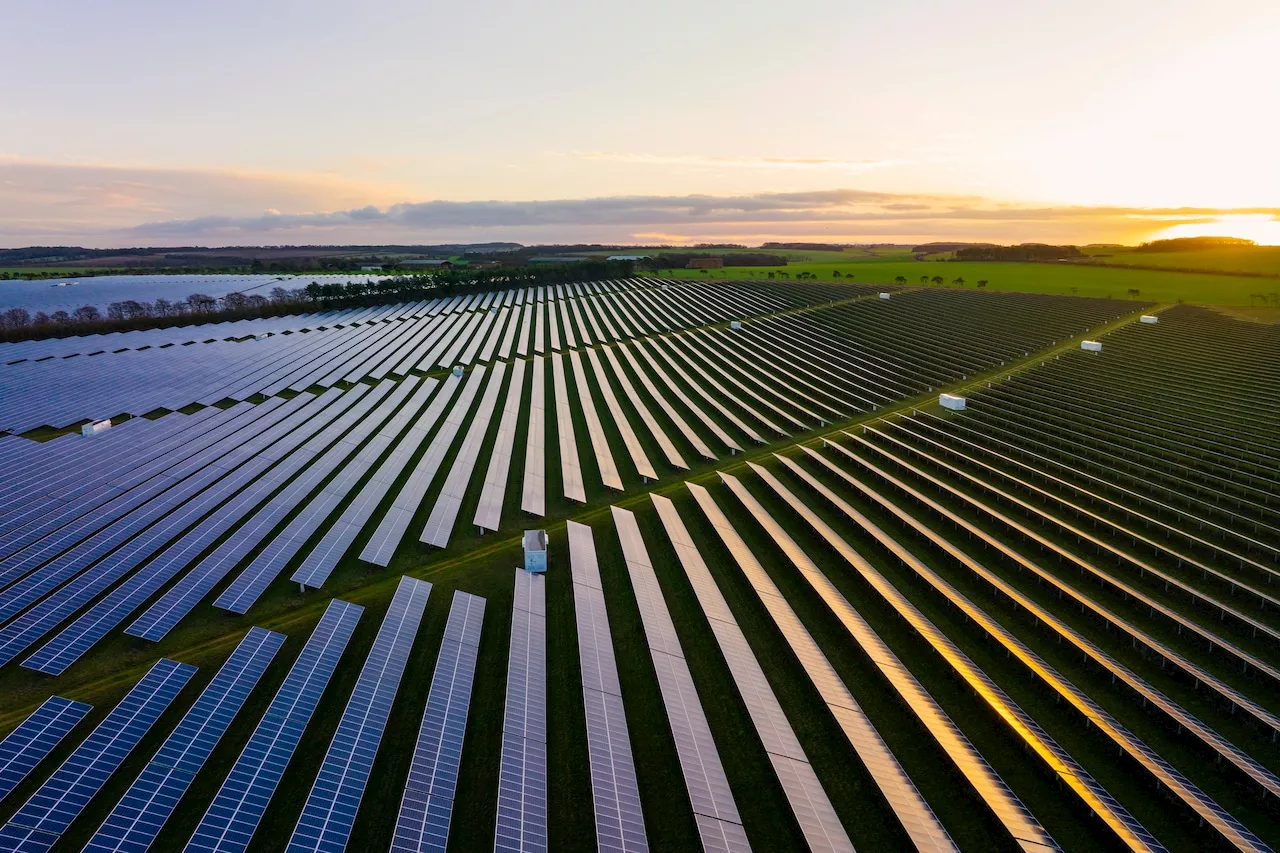A groundbreaking new technology developed by researchers at the University of New South Wales has the potential to generate solar power even after sunset. The device, which relies on thermoradiative power generation, harnesses the temperature difference between Earth's surface and the coldness of space to convert infrared radiation into electricity.
While the idea of generating solar power after the sun has set may seem impractical, researchers at the University of New South Wales have found a way to accomplish it. They have developed a new technology that could soon be powering our homes at night.
Their technology works on the principle of thermoradiative power generation. This process capitalizes on the temperature difference between the Earth’s surface and the coldness of space. For reference, all objects, including the Earth, emit infrared radiation.The newly developed device captures this outgoing radiation and converts it into electricity. The key component of this device is a semiconductor, which has been specifically designed to take advantage of this radiant heat.
“What we did was we made a semiconductor device … it takes advantage of that radiant heat that’s leaving the Earth, and as that light is emitted, it generates some electricity,” team lead Ned Ekins-DaukesAccording to a press release issued by the researchers, the semiconductor device was a type of thermoradiative diode. Interestingly, the materials that were used to create this device were similar to those found in night-vision goggles.
Solar Power Infrared Radiation Thermoradiative Power Generation Semiconductor Space Exploration
United States Latest News, United States Headlines
Similar News:You can also read news stories similar to this one that we have collected from other news sources.
 Two solar probes are helping researchers understand what phenomenon powers the solar windOur sun drives a constant outward flow of plasma, or ionized gas, called the solar wind, which envelops our solar system. Outside of Earth's protective magnetosphere, the fastest solar wind rushes by at speeds of over 310 miles (500 kilometers) per second.
Two solar probes are helping researchers understand what phenomenon powers the solar windOur sun drives a constant outward flow of plasma, or ionized gas, called the solar wind, which envelops our solar system. Outside of Earth's protective magnetosphere, the fastest solar wind rushes by at speeds of over 310 miles (500 kilometers) per second.
Read more »
 2 Solar Probes are Helping Researchers Understand What Powers the Solar WindOur team of helio physicists published a paper in August 2024 that points to a new source of energy propelling the solar wind.
2 Solar Probes are Helping Researchers Understand What Powers the Solar WindOur team of helio physicists published a paper in August 2024 that points to a new source of energy propelling the solar wind.
Read more »
 A 15 MW Microgrid In California, Community Solar In Alaska — The Solar Power Revolution ContinuesSolar power in the US is growing by leaps and bounds, and microgrid and community solar projects are part of the reason why.
A 15 MW Microgrid In California, Community Solar In Alaska — The Solar Power Revolution ContinuesSolar power in the US is growing by leaps and bounds, and microgrid and community solar projects are part of the reason why.
Read more »
 Chugach Electric to install solar panels on power plants and prepares for community solar farmSuch small renewable projects are good, a renewable energy advocate said, but larger ones are needed to offset a looming shortage of natural gas from Cook Inlet.
Chugach Electric to install solar panels on power plants and prepares for community solar farmSuch small renewable projects are good, a renewable energy advocate said, but larger ones are needed to offset a looming shortage of natural gas from Cook Inlet.
Read more »
 Virtual Power Plants: Harnessing The Collective Power Of Rooftop Solar To Weather StormsAs hurricanes like Francine leave a trail of destruction across the Gulf Coast, virtual power plants are emerging as a resilient solution. By leveraging rooftop solar panels and home energy storage, individuals can power through outages and collectively support the grid during peak demand.
Virtual Power Plants: Harnessing The Collective Power Of Rooftop Solar To Weather StormsAs hurricanes like Francine leave a trail of destruction across the Gulf Coast, virtual power plants are emerging as a resilient solution. By leveraging rooftop solar panels and home energy storage, individuals can power through outages and collectively support the grid during peak demand.
Read more »
 Alabama Power cuts payments to third-party energy producers: Will it stamp out solar power?The Alabama Public Service Commission said in a statement that the rate adjustments are appropriate based on the figures that Alabama Power provided.
Alabama Power cuts payments to third-party energy producers: Will it stamp out solar power?The Alabama Public Service Commission said in a statement that the rate adjustments are appropriate based on the figures that Alabama Power provided.
Read more »
